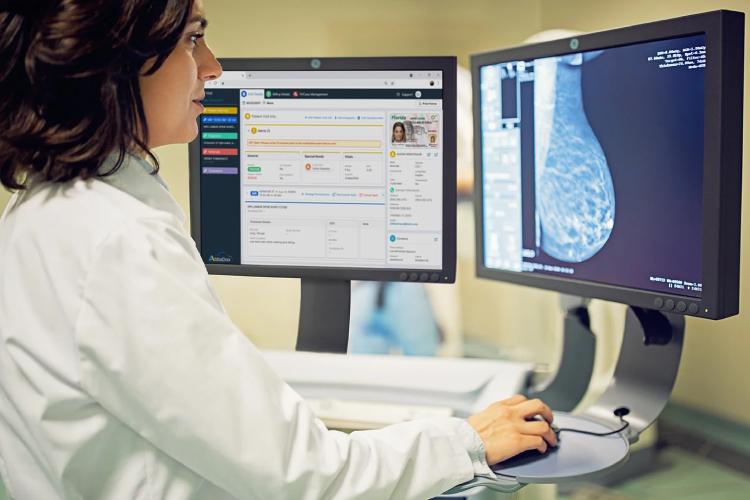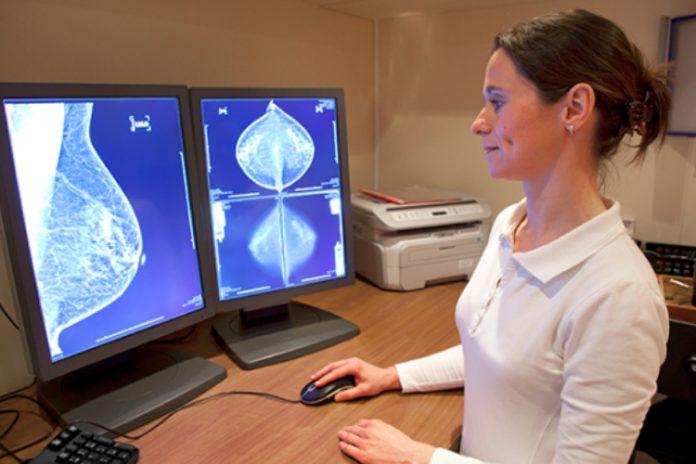The Digital Revolution in radiology patient engagement has ushered in a new era of healthcare, transforming the way patients interact with radiology services and the overall healthcare system. With the integration of technology and patient-centric approaches, radiology patient engagement has evolved from a passive experience to an active partnership between healthcare providers and patients. In this comprehensive discussion, we will explore the multifaceted dimensions of this revolution, emphasizing its impact on workflow efficiency, the patient experience, care strategies, and the broader healthcare landscape.
How Radiology Patient Engagement Improves Workflow Efficiency?
Radiology patient engagement has emerged as a catalyst for optimizing workflow efficiency in healthcare settings. By streamlining processes and reducing administrative burdens through digital solutions, such as online appointment scheduling and electronic health records, healthcare providers can allocate more time and resources to delivering quality patient care. Moreover, digital engagement tools facilitate communication between radiologists and patients, ensuring that information flows seamlessly and timely, reducing diagnostic delays, and enhancing the overall efficiency of radiology departments. These advancements empower radiologists to focus on their core expertise and ultimately contribute to faster diagnosis and treatment planning, ultimately benefitting patient outcomes.
Promoting A Positive Patient Experience In Radiology
The integration of digital technology and patient engagement principles in radiology has brought about a remarkable transformation in the patient experience. Gone are the days of long wait times, confusing paperwork, and a sense of disconnect between patients and their healthcare providers. Digital tools, including patient portals, interactive educational materials, and virtual consultations, have allowed patients to become active participants in their own care journeys. This heightened engagement fosters a sense of empowerment, reducing anxiety and apprehension associated with radiology procedures. Patients feel better informed, more in control, and better supported throughout their radiology experience, ultimately leading to improved satisfaction and adherence to recommended treatments.
Patient-Centric Care Strategies For Radiology: What Works?
Patient-centric care strategies have become a cornerstone of modern healthcare, and radiology is no exception. The digital revolution in radiology patient engagement has enabled healthcare providers to tailor their services to meet individual patient needs. Through data analytics and personalized communication, radiologists can deliver care that is not only medically effective but also aligned with a patient’s preferences, values, and expectations. This approach fosters trust and collaboration, as patients feel heard and valued in their healthcare decisions. The result is a more comprehensive and holistic approach to radiology that considers the patient as a whole, promoting better outcomes and higher levels of patient satisfaction.
Unlocking The Power Of Radiology Patient Engagement
Radiology patient engagement has the potential to unlock a wealth of data that can drive improvements in healthcare. By harnessing the power of digital tools, healthcare systems can gather valuable patient-generated health data, facilitating early disease detection and proactive interventions. Furthermore, the aggregation of patient data can inform research and enhance the development of evidence-based practices. This data-driven approach not only benefits individual patients but also contributes to the advancement of the entire field of radiology, driving innovation and improving population health.
Keys To Enhancing Radiology Through Patient Engagement
Enhancing radiology through patient engagement requires a strategic approach that combines technology, communication, and cultural change. Healthcare providers must invest in user-friendly digital platforms that empower patients to access their health information, schedule appointments, and engage in virtual consultations. Effective communication strategies, including clear and empathetic language, must be adopted to ensure patients understand their diagnoses and treatment options fully. Cultural shifts within healthcare organizations are also crucial, promoting a patient-centric mindset among all staff members. It is only by addressing these key elements that radiology can truly maximize the benefits of patient engagement.
How To Transform Radiology Through Enhanced Patient Participation?
To transform radiology through enhanced patient participation, healthcare providers must embrace a holistic approach that goes beyond the mere adoption of technology. Radiologists should actively involve patients in decision-making, recognizing them as partners in their care journey. This entails shared decision-making discussions where patients are informed about various diagnostic and treatment options, their potential risks, benefits, and expected outcomes. Moreover, healthcare systems should prioritize patient education and provide resources that empower individuals to make informed choices about their radiology care. By fostering this collaborative relationship, radiology can achieve higher patient engagement levels, ultimately leading to improved health outcomes and overall patient satisfaction.
Benefits Of Radiology Patient Engagement For Health Systems
The benefits of radiology patient engagement extend beyond individual patients and radiology departments. They have a profound impact on the broader health system. Enhanced patient engagement results in more efficient resource allocation, reduced readmission rates, and improved treatment adherence, ultimately leading to cost savings. Additionally, as patients become more informed and proactive in managing their health, preventive care and early intervention become more effective, reducing the burden on emergency departments and acute care settings. Furthermore, positive patient experiences in radiology can translate into improved patient loyalty, referrals, and enhanced reputation for healthcare institutions. In this way, radiology patient engagement becomes a cornerstone of a healthcare system’s success, benefiting both patients and providers alike.
Conclusion
The Digital Revolution in radiology patient engagement has revolutionized healthcare by improving workflow efficiency, promoting a positive patient experience, and fostering patient-centric care strategies. By unlocking the power of patient engagement and focusing on key elements such as digital technology, effective communication, and cultural change, radiology can transform its approach to healthcare delivery. This transformation not only benefits individual patients but also has far-reaching implications for health systems, driving cost savings, improving patient outcomes, and enhancing overall healthcare quality. Radiology patient engagement represents a fundamental shift in the healthcare landscape, one that prioritizes the partnership between patients and providers, ultimately leading to a brighter and more patient-centered future in radiology and beyond.
